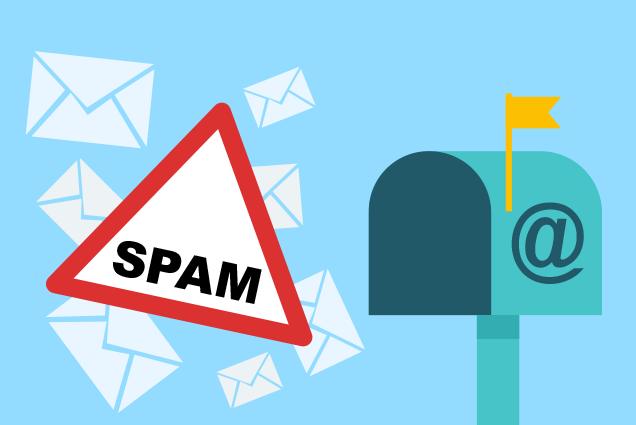As the popularity of cryptocurrencies continues to grow, so does the number of scams and phishing attempts targeting users of popular exchanges like Coinbase. One of the most common tactics used by scammers is to send fake Coinbase email verification requests in an attempt to steal users' login credentials and gain access to their accounts.
In this article, we'll take a closer look at how these scams work and provide you with some tips on how to avoid falling victim to them.
How Coinbase Email Verification Scams Work

The goal of a Coinbase email verification scam is to trick you into giving away your login credentials by posing as a legitimate Coinbase email. These emails often look very convincing and may even include the Coinbase logo and other branding elements.
The email will typically ask you to verify your account by clicking on a link and entering your login credentials. Once you do this, the scammers will have access to your Coinbase account and can steal your cryptocurrency.
Some of the most common signs of a Coinbase email verification scam include:
- The email comes from an unfamiliar email address
- The email contains spelling or grammar errors
- The email asks you to click on a link to verify your account
- The link takes you to a website that looks like Coinbase but has a different URL
- The website asks you to enter your login credentials
How to Avoid Coinbase Email Verification Scams

The best way to avoid falling victim to a Coinbase email verification scam is to be vigilant and follow some basic security practices. Here are some tips to help you stay safe:
1. Check the Sender's Email Address
Before you click on any links or enter any login credentials, make sure that the email is actually from Coinbase. Check the sender's email address and make sure that it matches the official Coinbase email address.
2. Look for Spelling and Grammar Errors
Scammers often make spelling and grammar errors in their emails, so be on the lookout for these. If an email looks suspicious or contains errors, it's probably a scam.
3. Don't Click on Suspicious Links
If an email asks you to click on a link to verify your account, be very careful. Check the URL of the website that the link takes you to and make sure that it's actually Coinbase. If you're not sure, don't click on the link.
4. Use Two-Factor Authentication
Two-factor authentication (2FA) adds an extra layer of security to your Coinbase account by requiring you to enter a code in addition to your password. This makes it much harder for scammers to gain access to your account even if they have your login credentials.
5. Report Suspicious Emails
If you receive a suspicious email that you think might be a Coinbase email verification scam, report it to Coinbase immediately. This will help them to identify and shut down the scammers.
Conclusion
Coinbase email verification scams are a common tactic used by scammers to steal users' login credentials and gain access to their accounts. By following the tips outlined in this article, you can protect yourself from these scams and keep your cryptocurrency safe.
FAQs
What is Coinbase?
Coinbase is a popular cryptocurrency exchange that allows users to buy, sell, and store cryptocurrencies like Bitcoin, Ethereum, and Litecoin.
What is a Coinbase email verification scam?
A Coinbase email verification scam is a phishing attempt that tries to trick users into giving away their login credentials by posing as a legitimate Coinbase email.
How can I avoid Coinbase email verification scams?
To avoid Coinbase email verification scams, be vigilant and follow some basic security practices. Check the sender's email address, look for spelling and grammar errors, don't click on suspicious links, use two-factor authentication, and report suspicious emails to Coinbase.



